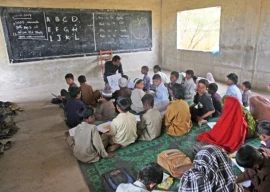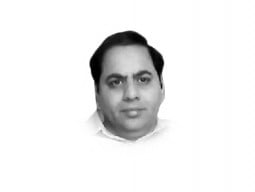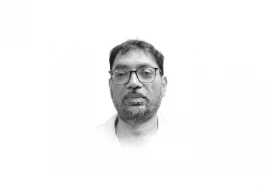
Unfortunately it is not just those who are in the government development and science sector who suffer from Appnesia. The affliction continues to challenge the imagination of those who are in various other sectors of development, including health. In my recent conversations with colleagues at Harvard Humanitarian Institute, an institution of tremendous repute and respect in helping refugees and those caught in the cross-hairs of conflict, there was a deep frustration with the myopia that is taking over the conversation on innovation for health. Those at the frontlines, in refugee camps and zones of conflict, need reliable solutions that are deliverable in providing better care, including point-of-care diagnostics, therapeutics and better methods to safeguard their medicines. They need tools that are robust, scalable and fit for purpose. Apps and mobile platforms are useful, but hardly the only thing that is needed to provide quick, affordable and appropriate cure. Yet, increasingly in the development sector, the conversation is dominated by those who have Appnesia.
The impact of digital and information technology for improving the quality of life cannot be overstated. There is no doubt that digital innovation continues to shape our lives in ways that are fascinating. Yet ignoring the fundamentals on which the modern digital innovation stands is not only naive but tremendously dangerous for future growth in science and technology. The scope of national policy on science and technology has to be inclusive, so that the pipeline of scholarship, curiosity and application continues to empower society and prepare it for current and future challenges. Given our love for good food, let us cast the problem of Appnesia in another framework. Imagine if we only focused on the finished product, ready to consume, and continued to think only how to present it in the most attractive way, created institutions and enterprises around the final finished product, but never thought about where the food comes from, how it is put together and completely ignored the pipeline that produced it? A situation like that would not only limit our ability to produce a bigger variety, but also hinder our efforts to make it more accessible for everyone and optimise it for the unique circumstances that arise in society.
So what is the cure for Appnesia? First, the bad news. It doesn’t go away on its own. But the good news is that it can be cured. What it needs is a combination of conversations that are focused on systems level understanding of science, inclusion of basic science experts and social scientists in policy and above all a vision is broader than one that rests upon a single tool or technology.
At the societal level, we can prevent the spread of Appnesia by reminding ourselves that there is an “S” in “S&T” policy and framework. And that S stands for science, and it also comes before Technology.
Published in The Express Tribune, March 7th, 2017.
Like Opinion & Editorial on Facebook, follow @ETOpEd on Twitter to receive all updates on all our daily pieces.



1724302092-0/Taylor-Swift-(3)1724302092-0-165x106.webp)


1724535372-1/IMG_6094-(1)1724535372-1-270x192.webp)


1719640649-0/BeFunky-collage-(77)1719640649-0-270x192.webp)



1724498890-0/Untitled-design-(2)1724498890-0-270x192.webp)


1724394882-0/Thumbnail-Template-(2)1724394882-0-270x192.webp)






COMMENTS (1)
Comments are moderated and generally will be posted if they are on-topic and not abusive.
For more information, please see our Comments FAQ